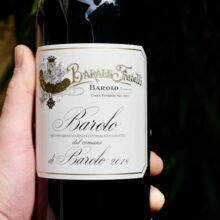
Product information
Barale Barolo del Commune di Barolo 2018
Nebbiolo from Italy, Barolo
$114
Description
At a splash over $100 this is one of the best value Barolo on the market. Delicious, expressive Barolo with fine acid and gentle yet present tannins. Plush, rewarding. Umami with a long, mouthfilling core of red fruit. Savoury and nicely developed with excellent élévage, just a little lift that sits well against the generous fruit. An excellent introduction to the Barale Barolos. Hoovered a bottle with a roast chook and went to a very happy place.
The fruit for this wine comes from Castellero, Preda and Coste di Rose in the Commune of Barolo.
In stock



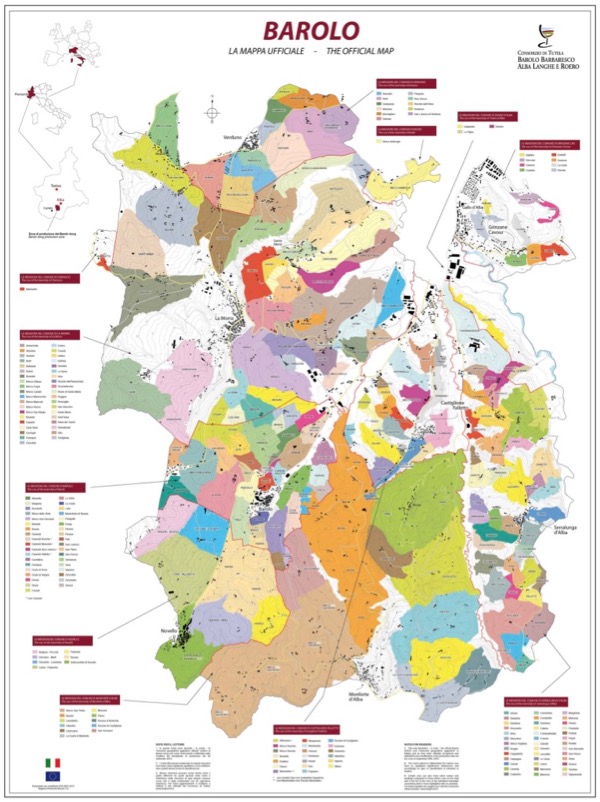
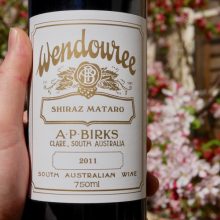
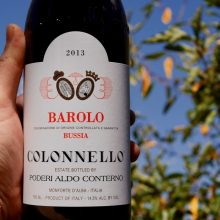
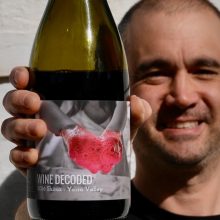
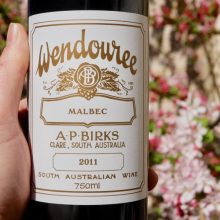
You must be logged in to post a comment.